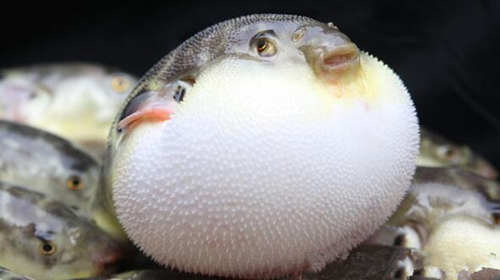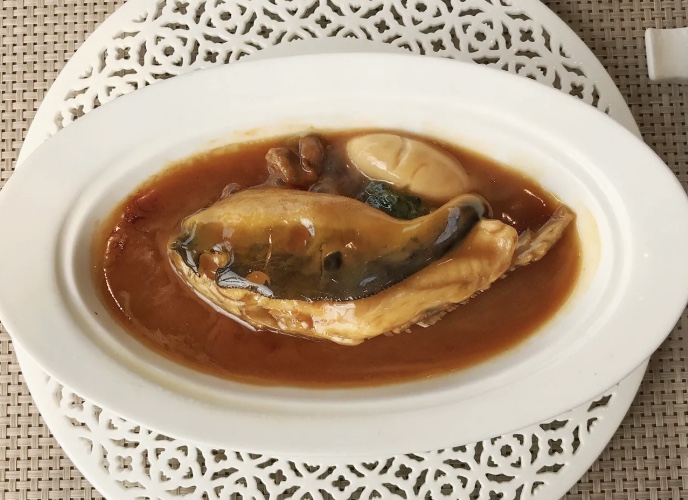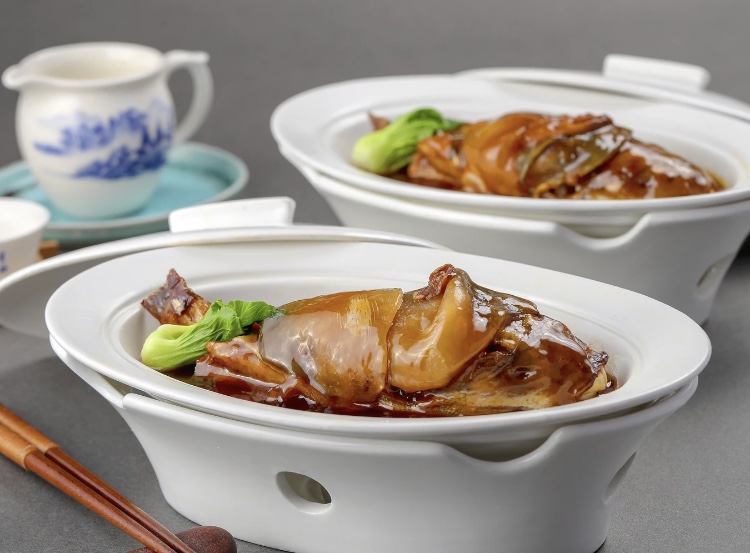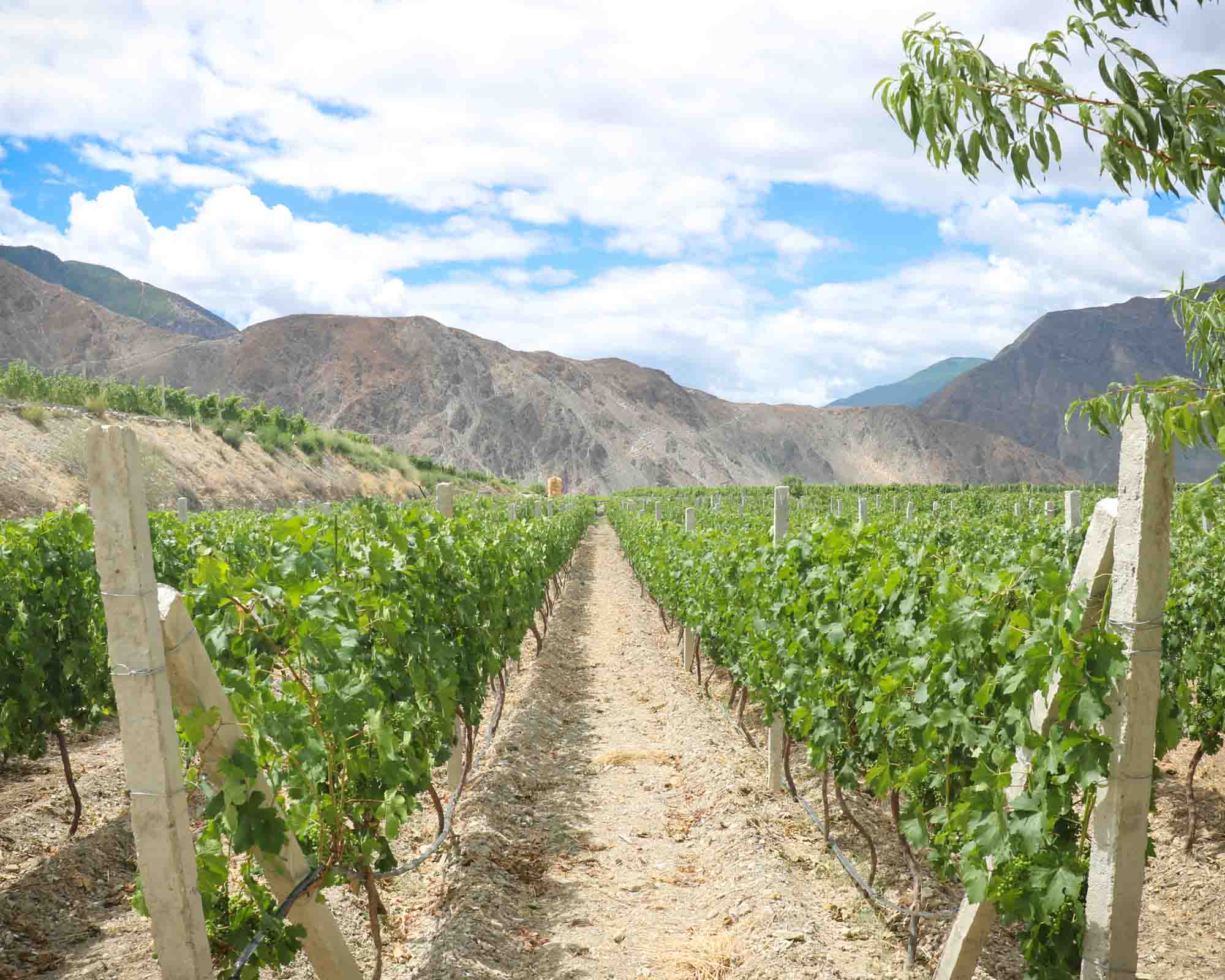
China Reopens to Tourists in 2023!
After three years, China is reopening its border to tourists, effective immediately! Based on what we’ve seen in other parts of the world post-pandemic, the best time to visit a reopened country is early – before all of the crowds return. We’ve got all the details you need to start planning your next trip to China…









